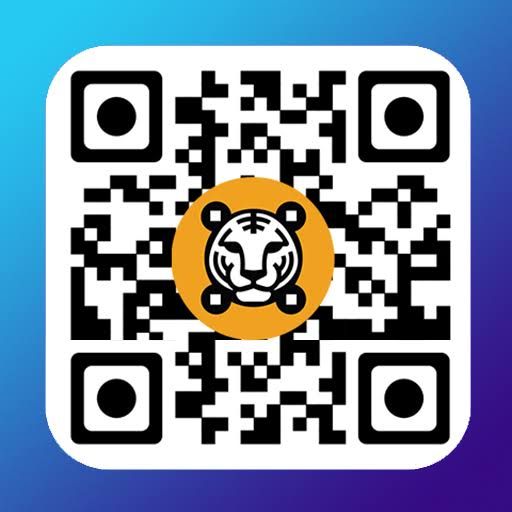Audio Presented by

Best QR code generator to create dynamic QR codes with logo and customized QR code generator with logo.
Story's Credibility

About Author
Best QR code generator to create dynamic QR codes with logo and customized QR code generator with logo.